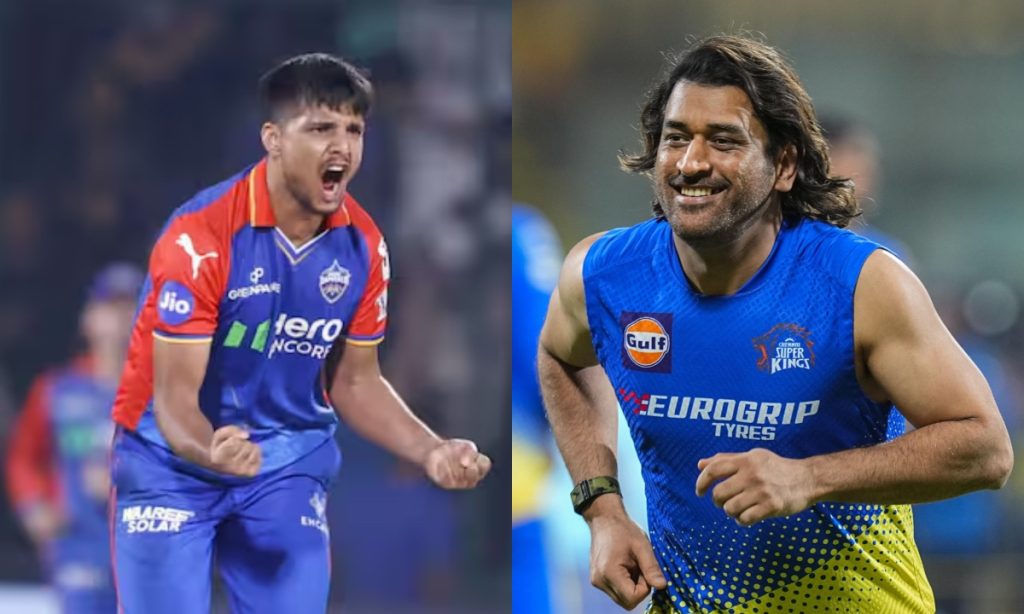The Indian Premier League (IPL) has always been a stage where cricketing legends are born, and in the IPL 2025 mega auction, it was also where the baton of financial valuation seemed to be passed from the old guard to the new. This year’s auction was particularly noteworthy for the bidding wars that ensued for uncapped players, showcasing a bold shift in franchise strategies towards investing in potential over proven performance. Among the many stories that emerged, one stood out starkly: two uncapped Indian players, Naman Dhir and Rasikh Dar, fetched higher prices than the cricketing icon, MS Dhoni. Here’s a deeper dive into this phenomenon.
Naman Dhir – 5.25 Crore (Mumbai Indians)
Naman Dhir’s return to Mumbai Indians for 5.25 crore was not just a homecoming but a statement of his rising stock in the cricketing world. Known for his all-round capabilities, Dhir’s price tag reflects Mumbai Indians’ confidence in his ability to contribute significantly with both bat and ball. His previous IPL experience, combined with his performances in domestic cricket, made him a hot property. The decision to invest in Dhir over Dhoni might seem audacious, but it’s a gamble on youth, agility, and the potential for long-term value.
Rasikh Dar – 6 Crore (Delhi Capitals)
Rasikh Dar’s acquisition by Delhi Capitals for 6 crore was the headline of the auction, making him the most expensive uncapped player. Dar’s raw pace and his ability to deliver under pressure, as demonstrated in previous seasons, made him a sought-after commodity. His price, surpassing that of Dhoni, underscores a strategic shift towards building teams around young, dynamic players who could define the future of cricket. Dar’s case is particularly intriguing as it represents not just an investment in talent but in the potential for a game-changer in the fast bowling department.
The decision by franchises to bid higher for Dhir and Dar over Dhoni, while shocking to some, reflects several underlying trends in modern cricket. Firstly, there’s an increasing emphasis on T20-specific skills where agility, power, and the ability to adapt quickly are prized over traditional cricketing virtues. Dhoni, revered for his captaincy and finishing skills, might not fit as snugly into this new mold where every player is expected to be a match-winner in their own right from the get-go.
Moreover, the IPL has become a platform for franchises to think long-term. Investing in young players like Dhir and Dar is not just about immediate returns but about building a squad that could dominate for years. These players come with lower base prices initially, allowing teams to build around them, potentially saving on future auction spends as they grow into their roles.
The closing of this auction chapter leaves us pondering the future of cricket’s economic landscape. While Dhoni’s leadership and experience remain invaluable, the market’s vote for youth over experience could be a sign of things to come. It’s a reminder that in the IPL, where every team aims to be the next champion, the blend of experience with the exuberance of youth might just be the formula for success. As we look forward to IPL 2025, the spotlight will undoubtedly be on these young stars, whose price tags now carry the weight of expectations, not just of their teams, but of a cricketing generation eager to see if the future has indeed arrived.

